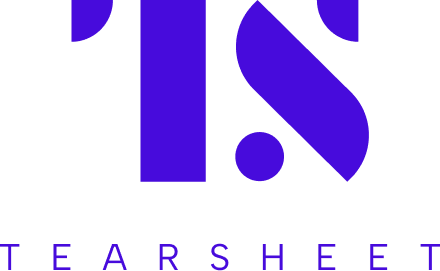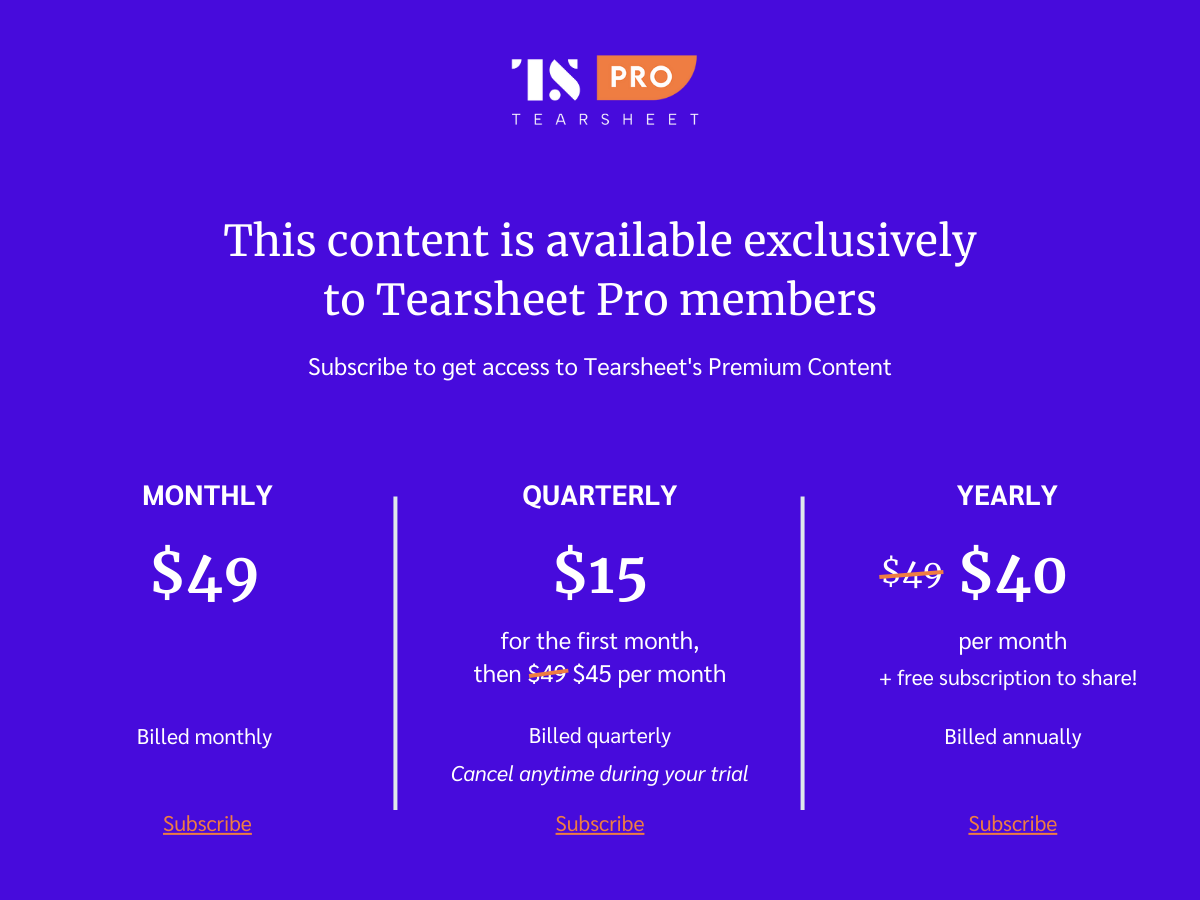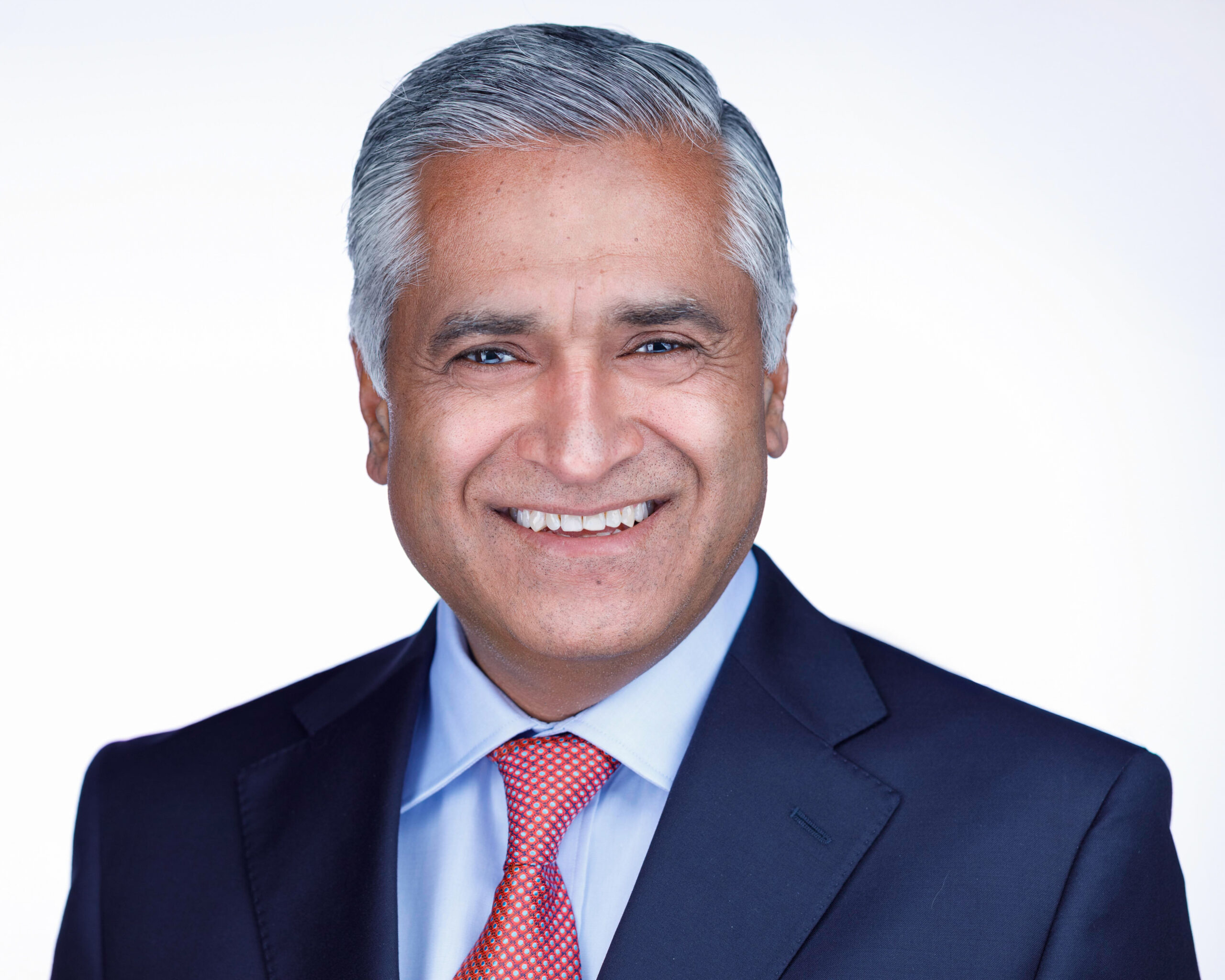Wise bets on NASDAQ for its next chapter
In the early 2010s, Wise (then known as TransferWise) made a name for itself by targeting the bloated fees of international money transfers. Its brand was scrappy and distinctly European. But over a decade later, the company’s next chapter isn’t being penned in London or Tallinn, but on Wall Street.
Earlier this month, Wise announced it plans to shift its primary stock listing to the US, a move both strategic and symbolic that underscores tectonic shifts in the global listings landscape.
From crown jewel to continental drift: The primary London listing exodus
Before zeroing in on Wise’s decision, let’s take a step back to analyze the situation at the London Stock Exchange (LSE). The past five years have seen a steady drip of high-profile companies leaving the LSE in favor of the US, a migration that now totals over $100 billion in market cap.
Marsh & McLennan, a professional services provider in risk, strategy, and HR, announced its plan to delist from the LSE in October 2023 and cancel its listing on the Official List of the UK Financial Conduct Authority. The company cited the disproportionate costs and administrative burdens of maintaining a secondary listing in London, given that the majority of its trading occurs on the New York Stock Exchange (NYSE). The delisting took effect on November 27, 2023. Similarly, other firms like construction supplier Ferguson and pharmaceutical firm Indivior have all either moved or are moving primary listings to US exchanges.
The reasons cited are familiar: lackluster liquidity in London, persistently lower valuations, and limited index inclusion options for growth companies. Despite the UK’s post-Brexit ambitions to become a tech and finance hub, its primary exchange seems increasingly less appealing to the very firms that represent its future.
Wise’s situation fits this mold, but also tells us more.






